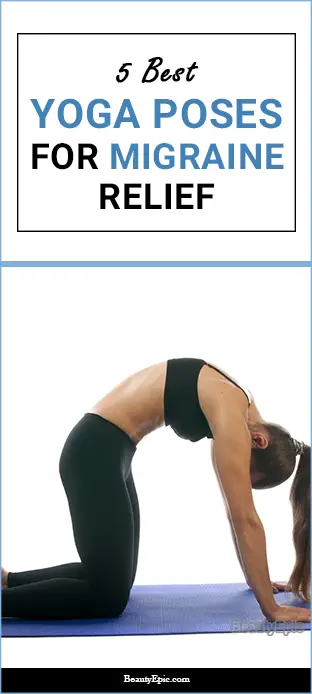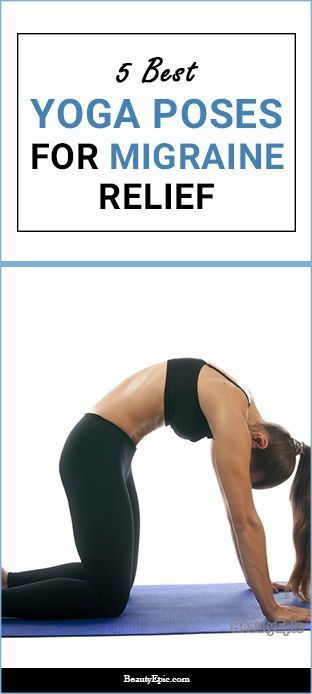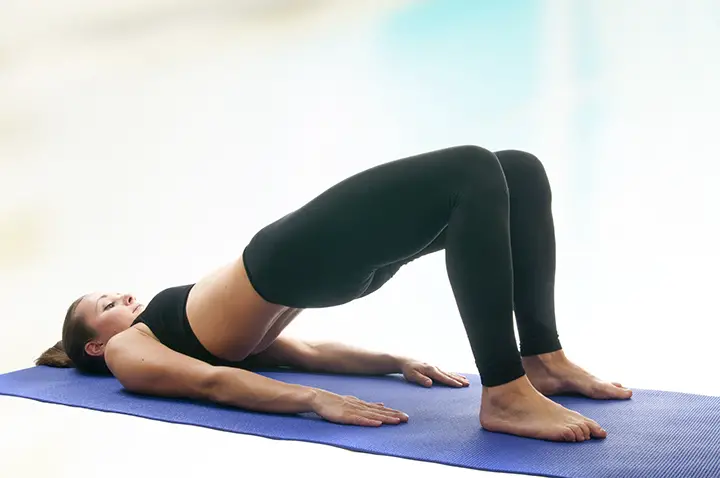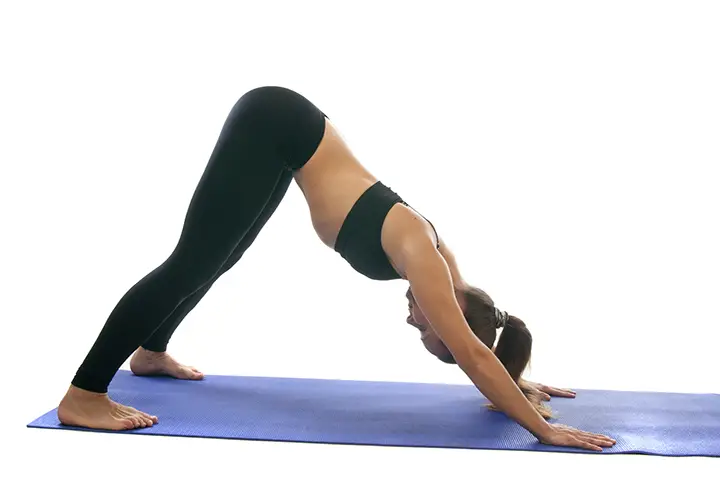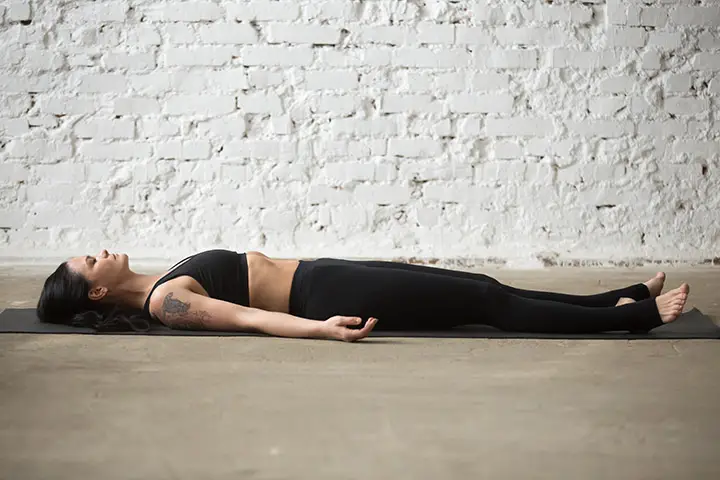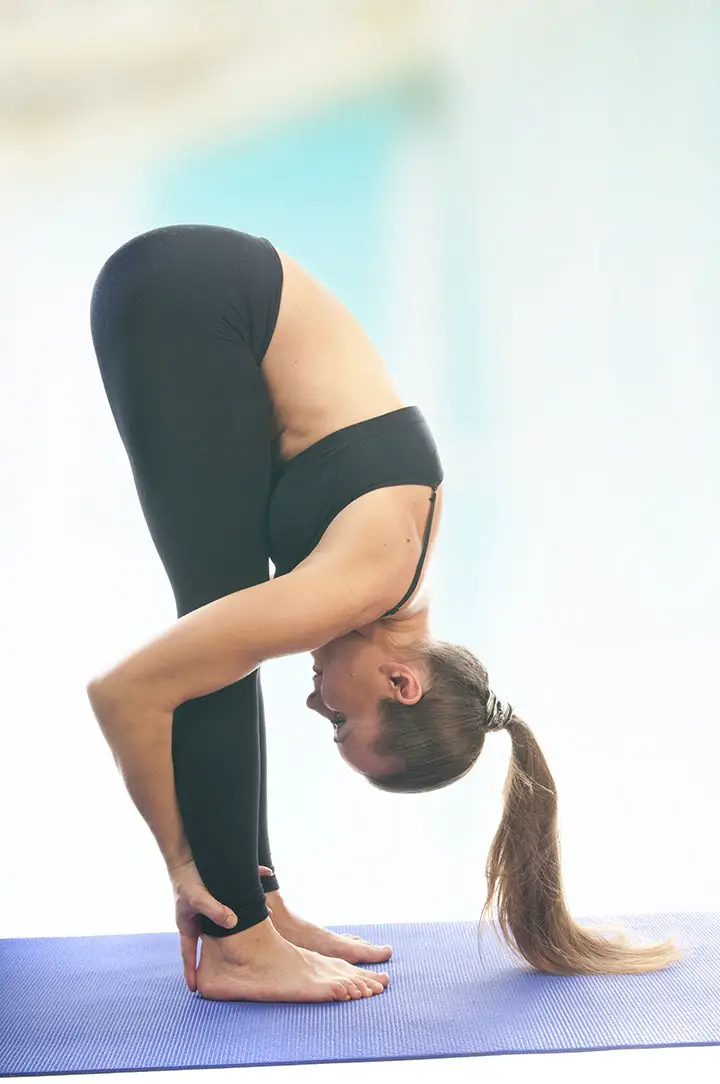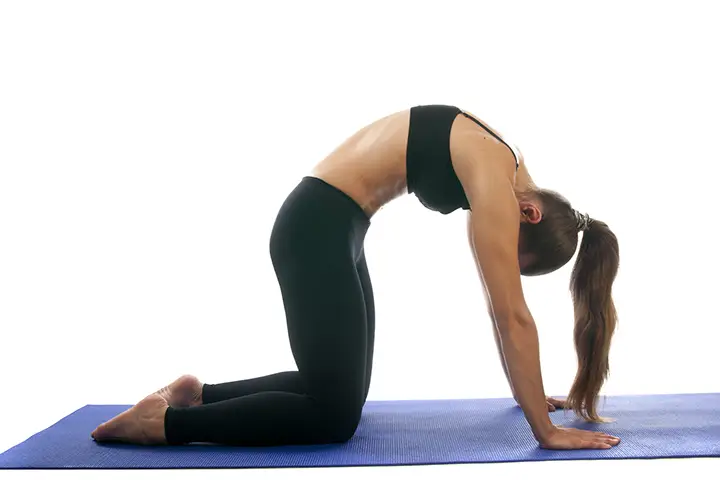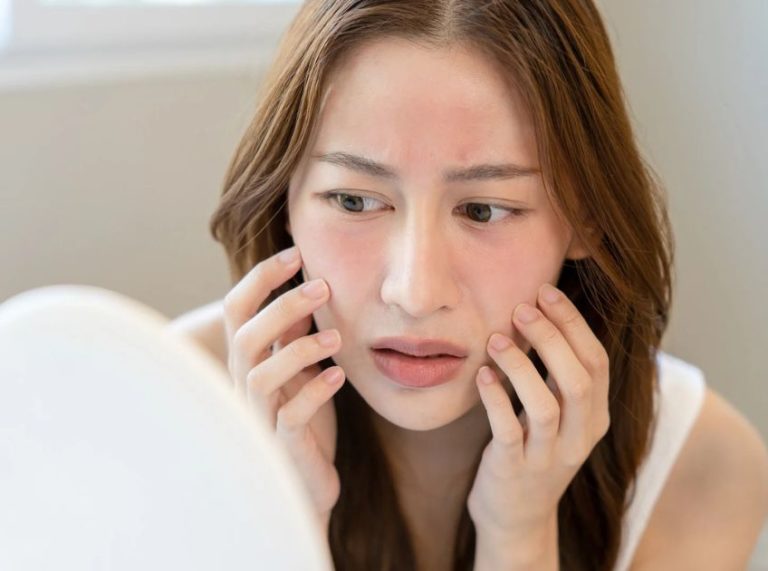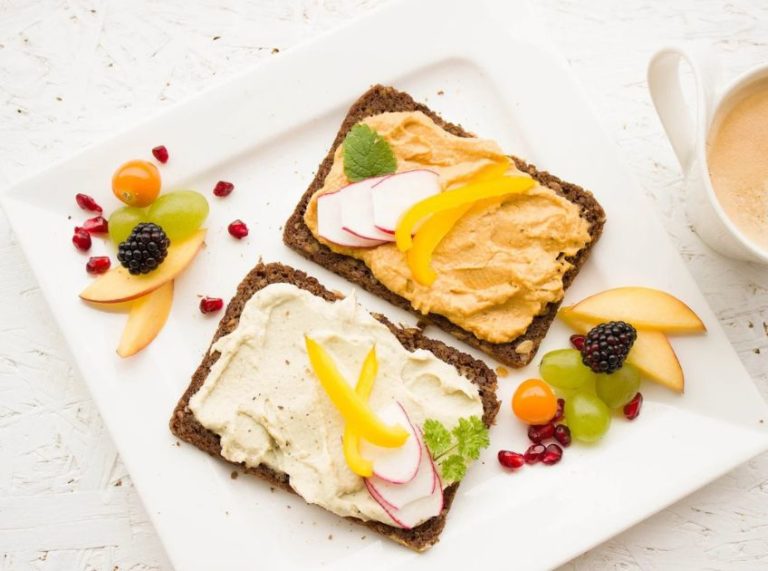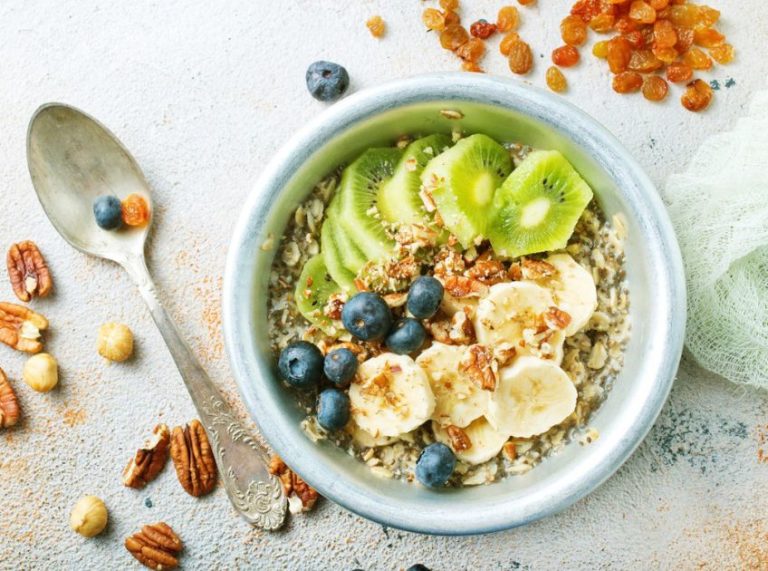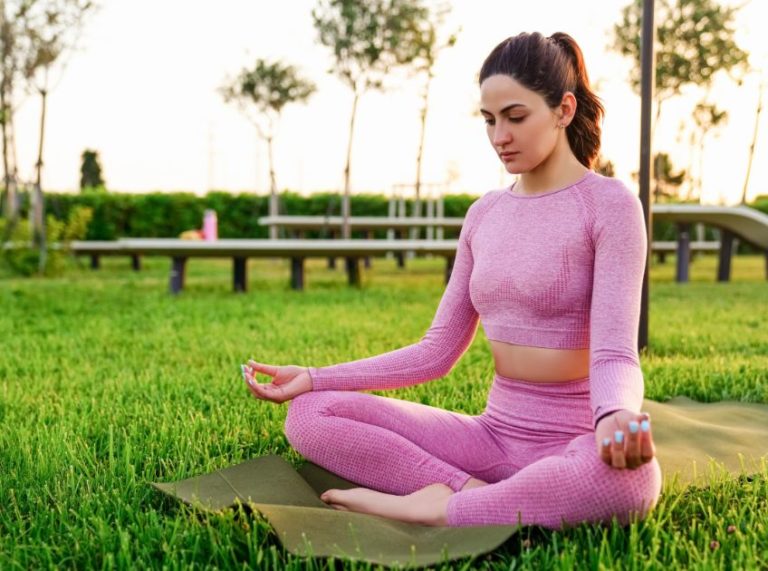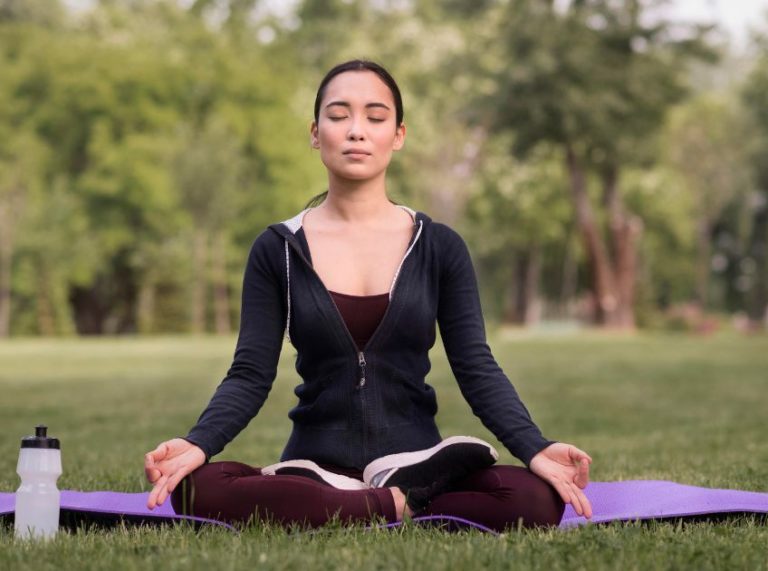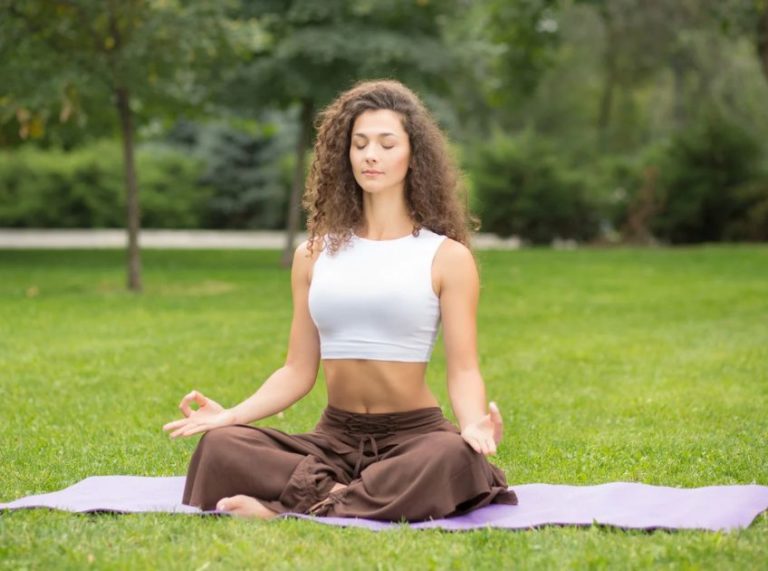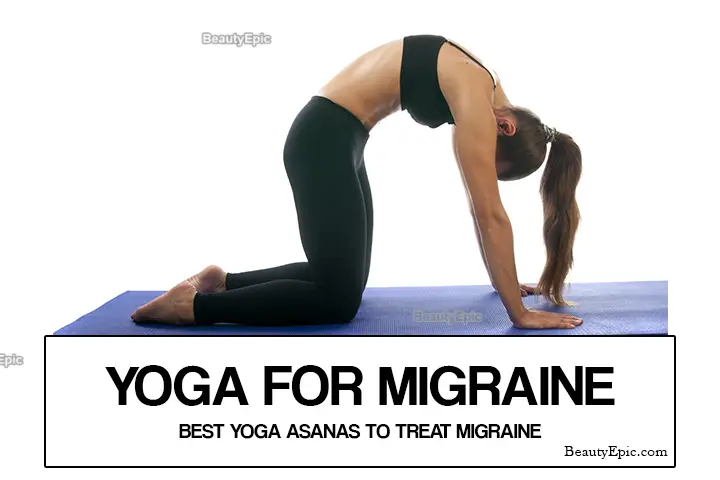
Important: This article is for informational purposes only. Please read our full disclaimer for more details.
There is nothing worse than having a migraine. A migraine is a neurological condition that leads to repeated and often frequent bouts of headaches accompanied by excruciating pain, aversion to light and sensitivity to sound that may last for hours, days or even weeks. With such severe symptoms the condition can significantly interfere with your everyday routine and to make it worse, it has no cure or cause. While coffee and tea have been said to help, there is not much evidence to confirm that hypothesis.
Article Contains
On the other hand, prescribed medications can have many side effects such as drowsiness that will impact your efficiency and productivity. However, yoga has been shown to be highly effective at dealing with migraines. Yoga is a natural remedy that combines asanas and breathing techniques that improve blood flow, energy flow, and correct postures to rejuvenate and heal the body, which overall can help reduce migraines. The following are the 5 Best Yoga Poses for Migraine Relief.
5 Best Yoga Asanas to Treat Migraine
1. The Bridge Pose
The Bridge Pose also called Setu Bandhasana is a pose where you bend your body into something resembling a bridge, with the feet flat on the floor, shoulders and head touching the floor and the torso off the ground.
How to do the Pose:
- Lie flat on the floor facing upwards, bend your knees while keeping your feet flat on the floor
- With your palms lying flat on the floor extend your arms
- Lift your body from the floor starting with the pelvis followed by the torso, keep your head and shoulders on the floor
- With your weight evenly distributed ensure your feet and thighs remain parallel
- Hold the pose for a minute
Benefits of the Bridge Pose: The pose reduces anxiety, relaxes the mind as it opens up the shoulders, heart, and chest. The Setu Bandhasana sends a rush of blood to the head, which alleviates migraines and any other symptoms it brings.
[ Read: Yoga Poses for Depression ]
2. The Downward Facing Dog
The Downward facing dog also called the Adho Mukha Svanasana resembles the pose of a dog stretching.
How to do the Downward Facing Dog:
- Get on your hands and knees, align your knees parallel to your hips with the wrists under the shoulders
- Stretch out your arms straight and relax the upper back
- Spread the fingers while applying equal pressure on both hands to evenly distribute your weight
- Slowly lift your knees from the floor
- Straighten the legs but make sure you do not lock the knees
- Lift up the pelvis while lengthening out the spine
- Hold the pose for a minute
Benefits of this pose: The dog pose is excellent for fighting migraines as it enhances blood circulation to the brain. Frequent use of the pose leads to less frequent migraines, and if done long enough can completely cure the condition.
[ Read: Best Yoga Poses for Weight Loss ]
3. The Corpse Pose
The Corpse Pose also known as the Shavasana is where you lie back flat on your back.
How to do the Corpse Pose:
- Lie on your back on the ground
- Spread your legs slightly apart and with your arms at the side have the palms face upward
- Hold the position for 5 – 30 minutes
- Lie on the floor with your back to the ground.
Benefits of the Corpse Pose: The pose is great for relaxation as it results in a deep meditative state that leaves the body fully rejuvenated. A rejuvenated system typically helps to banish the symptoms of migraines.
[ Read: Best Yoga Poses to Reduce Belly Fat ]
4. The Forward Bend
The Forward Bend also called the Urttanasana is a pose where you stand up straight and then bend forward at the waist while keeping the legs straight.
How to do the Forward Bend:
- With your feet flat on the floor and parallel to each other, stand up straight
- Bend forward at the hips making sure to counterbalance the weight of the body until you feel the stretch of the hamstrings
- Rest the hands on the back of the lower legs with the elbows parallel to the knees
- Dangle your head and look through the legs
- Hold the pose for a few minutes
Benefits of the Forward Bend: The pose rejuvenates and heals the body as it has the head below the heart thus enhancing the flow of blood to the head, which reduces the pain of migraines from the influx of oxygen.
[ Read: Yoga Poses for Lower Back Pain ]
5. The Cat Stretch
The Cat Stretch also known as the Marjariasana is a pose where you bend your body into a combination of cow-like and catlike postures, on your hands and knees.
How to do the Cat Stretch Pose:
- Stand on your hands and knees to form a table top with your back
- The arms need to be at a 90-degree angle to the floor with the hands flat on the ground directly beneath the shoulders and the knees parallel to the hips
- Look straight ahead while tilting the head back to inhale
- Raise the tailbone and push the navel down while compressing the buttocks
- Hold the pose and take long deep breaths for a few minutes
- For the countermove, exhale and drop the chin to the chest while arching the back and relaxing the buttocks
Benefits of the Cat Stretch: The Cat Stretch is a great muscle and mind relaxant. It allows one to release stress as it enhances breathing, all of which helps to banish the symptoms of a migraine including pain.
Yoga is an effective and natural remedy though it is important to note that there is no one size fits all therapy for any medical condition. If you intend to use yoga, it is always best to consult your physician and combine the asana and poses with the doctor’s prescriptions for best results. Nonetheless, regular practice of these simple asanas should go a long way towards alleviating the symptoms of migraines.
You Might Also Like:
- How to Cure a Headache Fast with Apple Cider Vinegar
- 10 Best Essential Oils for Headaches
- 10 Natural Home Remedies To Get Rid Of Headache Quickly
- How to Use Peppermint Oil for Headaches?
- Top 4 Yoga Poses to Improve Mental Health
- 6 Best Yoga Poses to Beat Fatigue and Boost Energy
- Yoga Poses for Osteoporosis
- 8 Essential Oils for Migraine Pain Relief | How To Use It
- Yoga for Thyroid – 7 Best Poses to Control Thyroid
- 8 Yoga Poses to Detox Your Body
- Yoga for PCOS – 6 Effective Poses to Treat PCOS
Image:- Shutterstock
